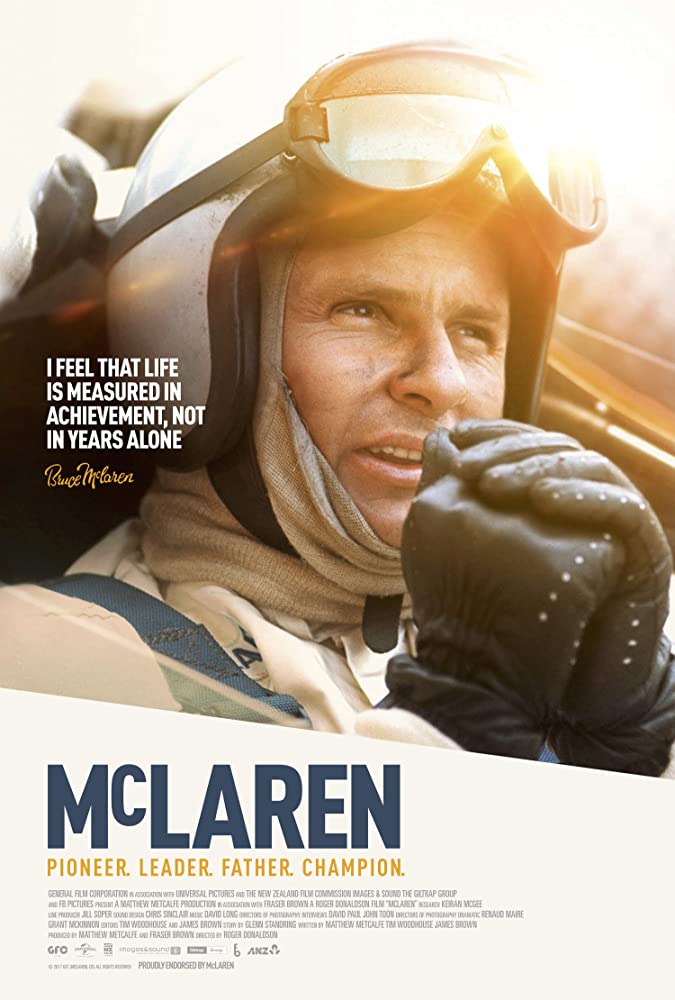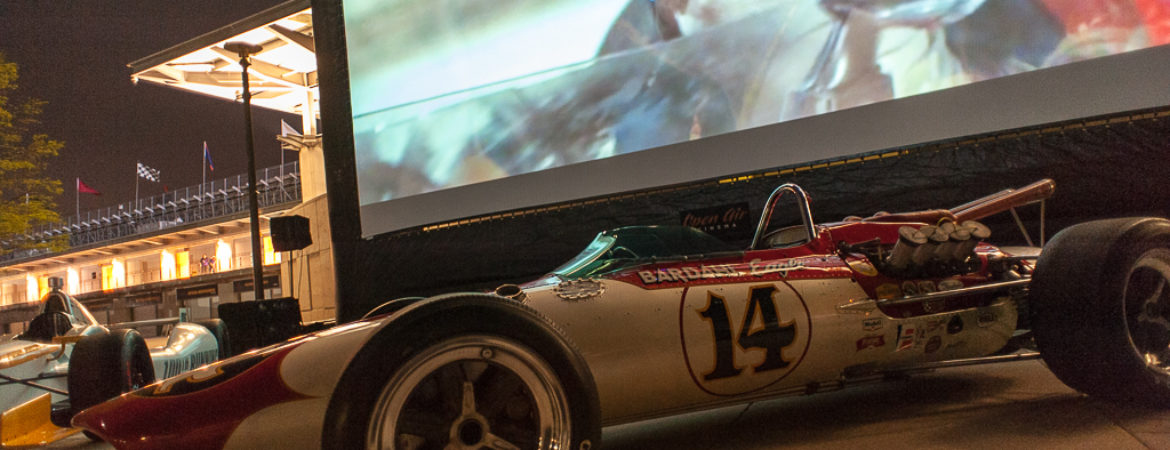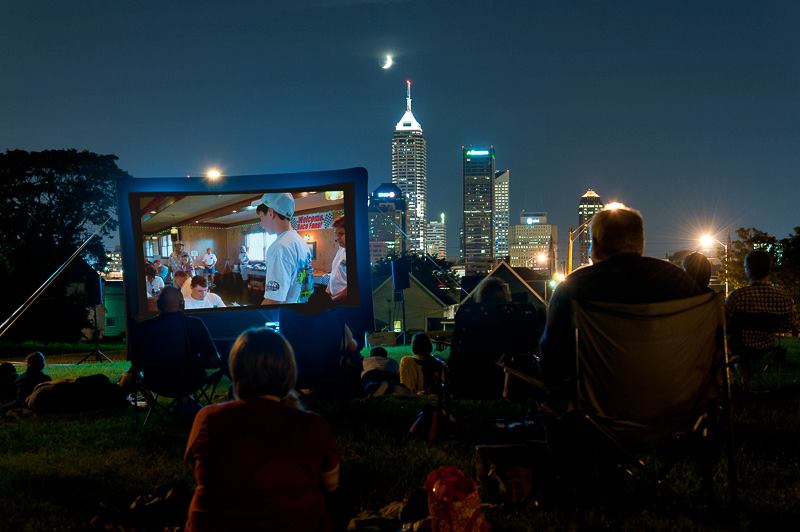Halloween season is here and the Indy Film Fest board is back with more staff picks – this time of the spooky variety!
Tyler Blaker
One of my favorite Halloween movies is the Hanna-Barbera animated film The Halloween Tree. This film has so many magical crossovers. Besides it being created by the legendary studio it is also based on a Ray Bradbury novel. Not enough for you? Ray Bradbury is the narrator for the film and Leonard Nimoy voices one of the leading roles. Did I mention it won an Emmy for writing?
The film is intended for a younger audience but approaches grief and loss in a more mature and relatable way. Now that all my nostalgia neurons are firing run out and find this film any way you can. I’ll meet you there.
Lisa Manthei
When Spooky Season rolls around, a Guillermo del Toro film is a must in my household. Though most may know del Toro for the visually beautiful films he creates (think Crimson Peak), his horrifying creatures (ahem, Pan’s Labirynth), or the more acclaimed films (The Shape of Water or Hellboy), another that always stands out for me is one he helped produce in 2007: The Orphanage. (Credit due to the writer Sergio G. Sánchez and director J.A. Bayona, too, of course.)
While an orphanage certainly isn’t a novel backdrop for a film, let alone a horror film, the orphange literally and figuratively sets the scene for some truly unsettling moments (you won’t forget the creepily sack-masked kid) as well as some heartbreaking and even touching moments that make it work. Best yet? There’s a twist in the movie that really pulls at every one of those emotions all at once. I promise your Guillermo del Toro fandom won’t be complete without this film.
Jason Hoffman
Has a sequel ever been better than the original? Some might say Godfather II or Empire Strikes Back, but in the horror genre there are plenty of examples and I always point to Hello Mary Lou: Prom Night 2. Haven’t seen the first one? Don’t bother. A little bit “Carrie”, a little bit “Nightmare on Elm Street”, this underrated grindhouse classic brings 1950s greaser sleaze into 80s high school horror as Mary Lou returns from the grave to enact her revenge and reclaim her prom queen crown. Throw in an iconic performance from Micheal Ironside and creative kills with great practical effects and you’ve got the perfect addition to your horror movie marathon.
Oh and did I mention you can catch a screening of it for FREE? Just come out to Frankie’s Flicks at the White Rabbit Cabaret on Tuesday, Oct 29th, at 8pm (21+). Click the link for more details!
Summer Keown
Jennifer’s Body is a cult classic for a reason: its over-the-top, campy violence and horror pairs perfectly with its Diablo Cody-penned sarcasm and humor.
Megan Fox plays Jennifer, the classic hot high school girl, and Amanda Seyfried, her studious, less-hot (ha) best friend Needy. When the two friends go see an up-and-coming band who are inexplicably playing a dive bar in their tiny town, a fire burns the bar down and the band steals Jennifer away with them in their van. Then comes the ritual murder to ensure the band’s commercial success. Only they messed up, because their ritual required a virgin, and Jennifer was just not their girl.
Jennifer shows up later that night at Needy’s house, a bloody mess, and vomits a black tar-like substance all over her kitchen floor. After a brief bout of being under the weather, Jennifer figures out what she needs to do to get right: eat high school boys, who prove to be easy prey and give her some killer new powers.
Jennifer won’t hurt Needy, because they really are best friends. But Needy soon realizes that she needs to protect her boyfriend from being eaten, while he refuses to believe her that Jennifer is a dangerous succubus (will they never learn?).
Did I mention that this movie starts with Needy narrating the tale from an asylum?
This movie is in my spooky season rotation for a reason: it gives me a glimpse of the career Megan Fox should have had, and it’s that perfect kind of horror movie that leans into the ridiculousness while still seeing it through. We love the bad guy who’s a hot girl and maybe want her to win in the end because she does demonic so well. And it doesn’t hurt that it’s named after a Hole song from their perfect album Live Through This.
Jennifer’s Body is streaming all over the place for the month of October, including Hulu, Peacock, and Pluto.
Jason Oliver
In 1990, Master of Horror novelist and film director Clive Barker followed up his gothic masterpiece Hellraiser with an altogether different breed of horror, Nightbreed, based on his 1988 novella Cabal. Dubbed by Clive as the horror version of Star Wars, it boasted a bigger budget, major studio distribution, a Danny Elfman score, elaborate matte paintings by Ralph McQuarrie (the concept artist for Star Wars), complicated monster make-up and stop motion effects, and fellow Canadian film director and horror icon, David Cronenberg, as the villain. Unfortunately, the money men couldn’t wrap their heads around Clive’s concept of the monsters (metaphorical stand-ins for the marginalized outcasts of society) being the good guys and the humans the villains so they reduced the promotion and much of the edit down to a basic slasher film. Happily, the film has enjoyed a growing cult fan base and subsequent reappraisal. In fact, a more complete work print of the film that hews much closer to Barker’s vision was premiered right here in Indiana at the Horrorhound convention in 2009, which eventually led to an official Clive Barker Director’s Cut of the film in 2014. Whatever cut of the film you see, expect a scary, gory, and rollicking good time rooting for the monsters for once. May the Tribes of the Moon embrace you.
Neale Johantgen
I first saw One Cut of the Dead on a random Wednesday while looking around for something different. I read that it was an “independent zombie film” from Japan released in 2017, I found it on Shudder, and I was told to go in blind for the best experience. I’m very happy I listened to this advice. It’s not like anything else I’ve seen recently and, like Shaun of the Dead, I found it to be a great example of the zombie genre while also lovingly mocking zombie films. I can cite the reviews (they’re great) and I can cite that it earned over 1,000 times it’s budget at the box office (that’s good, right?), but what really matters is how you feel as the film develops and you sink your teeth into what’s happening. It’s a truly unique take on zombie films and I can promise you that it won’t leave you feeling dreadful when it’s over – quite the opposite. Take the leap and have a great evening!















































